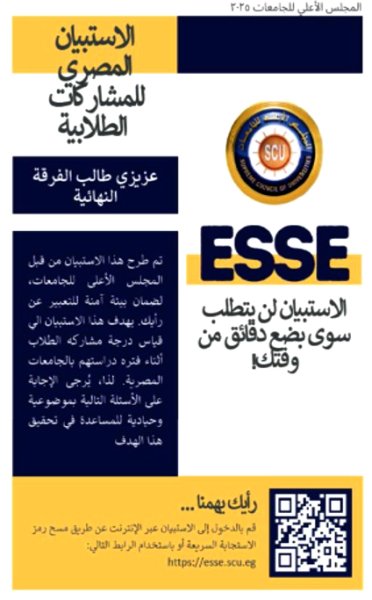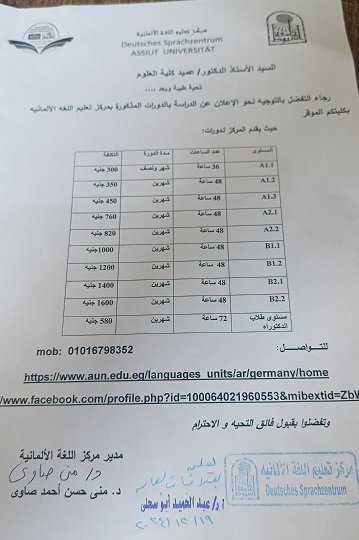Protective effect of Moringa oleifera leaf ethanolic extract against uranyl acetate-induced testicular dysfunction in rats
Uranyl acetate (UA) is used in civilian and military applications, predisposing it to wide dispersion in ecosystems. Using high-performance liquid chromatography, gas chromatography–mass spectrometry, and 2,2-Diphenyl-1-picrylhydrazyl scavenging radical analysis, we confirmed that Moringa oleifera leaf ethanolic extract (MLEE) is rich in biologically active phytochemicals. Thus, this study aims to investigate the possible defensive effect of MLEE against UA-induced testicular dysfunction. To achieve this, rats were divided randomly and evenly into three groups for 14 days. The control group received no treatment, while the UA group received a single intraperitoneal injection of UA at a dose of 5 mg/kg BW dissolved in saline on the 12th day of the experiment, followed by no treatment the following day. The MLEE + UA group received daily oral administration of MLEE (300 mg/kg BW) dissolved in distilled water before exposure to UA intoxication. The disruption observed in the pituitary–gonadal axis of UA-intoxicated rats was characterized by a significant decrease in luteinizing hormone, follicle-stimulating hormone, testosterone, and estradiol 17beta levels. Additionally, there was a notable increase in malondialdehyde and a decrease in catalase, superoxide dismutase, reduced glutathione, and nitric oxide, accompanied by an up-regulation in the immuno-expression of nuclear factor-kappa B, indicating a disturbance in the redox balance. The TUNEL assay confirmed a substantial rise in apoptotic cell numbers in the UA group. Testicular histopathological changes, excessive collagen deposition, and reduced glycogen content were evident following UA exposure. However, supplementation with MLEE effectively countered these mentioned abnormalities. MLEE is proposed to combat the toxicological molecular targets in the UA-affected testis by restoring the balance between oxidants and antioxidants while obstructing the apoptotic cascade. MLEE contains an abundance of redox-stabilizing and cytoprotective phytochemicals that have the potential to counteract the mechanistic pathways associated with UA exposure. These findings encourage further research into other plausible protective aspects of Moringa oleifera against the UA challenge.












